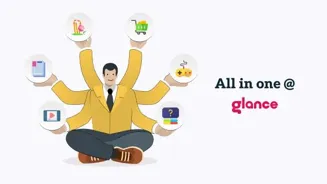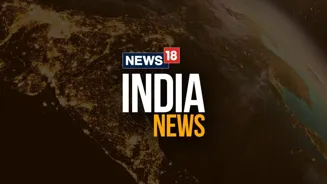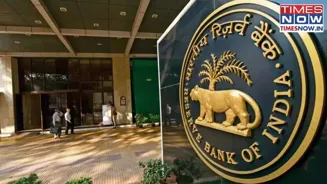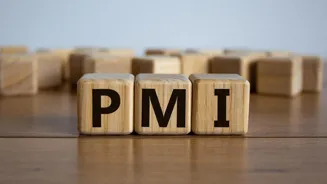RBI Governor Sanjay Malhotra on Wednesday hinted that UPI may not remain free forever, stressing the need for a sustainable funding model for the digital payments infrastructure.
Addressing the media after
the Monetary Policy Committee (MPC) meeting, Malhotra said, “I never claimed that UPI would always be free. What I stated was that there are real costs involved in processing UPI transactions, and someone needs to bear them.”
“Who pays is a matter of detail — what matters more is that someone is footing the bill. For the long-term viability of the system, whether the cost is borne collectively or individually, it has to be paid,” he added.
India’s real-time payment technology UPI (Unified Payment Interface) has emerged as the global leader surpassing Visa, according to a recent note by the International Monetary Fund titled Growing Retail Digital Payments: The Value of Interoperability. The IMF report states that UPI has powered 85 per cent of India’s digital payments and nearly 60 per cent globally.
UPI is handling 640+ million transactions daily, head of Visa, the report stated, adding that Rs 24 lakh crore processed via 18.39 billion UPI transactions in June 2025. The transaction percentage rose 32 per cent YOY compared to the same month last year at 13.88 billion.
Malhotra’s comments come amid growing indications that the free model for UPI may undergo changes. According to an ET Wealth Online report, ICICI Bank has taken the lead by introducing processing charges for Payment Aggregators (PAs) handling UPI transactions, effective August 1, 2025. Although the bank hasn’t officially confirmed it, sources told ET that the new charges were communicated to PAs in late June.
















